
Copernical Team
A "Jupiter" hotter than the Sun
 The search for exoplanets - planets that orbit stars located beyond the borders of our solar system - is a hot topic in astrophysics. Of the various types of exoplanets, one is hot in the literal sense: hot Jupiters, a class of exoplanets that are physically similar to the gas giant planet Jupiter from our own neighborhood. Unlike "our" Jupiter, hot Jupiters orbit very close to their stars, comp
The search for exoplanets - planets that orbit stars located beyond the borders of our solar system - is a hot topic in astrophysics. Of the various types of exoplanets, one is hot in the literal sense: hot Jupiters, a class of exoplanets that are physically similar to the gas giant planet Jupiter from our own neighborhood. Unlike "our" Jupiter, hot Jupiters orbit very close to their stars, comp NASA SpaceX Crew-7 'Go' for August 25 Launch
 The Flight Readiness Review (FRR) for NASA's SpaceX Crew-7 mission to the International Space Station has concluded, and teams are proceeding toward a planned liftoff at 3:49 a.m. EDT Friday, Aug. 25, from Launch Complex 39A at the agency's Kennedy Space Center in Florida.
On Aug. 20, SpaceX's Falcon 9 rocket and Dragon Endurance spacecraft rolled out to the pad at Launch Complex 39A. On T
The Flight Readiness Review (FRR) for NASA's SpaceX Crew-7 mission to the International Space Station has concluded, and teams are proceeding toward a planned liftoff at 3:49 a.m. EDT Friday, Aug. 25, from Launch Complex 39A at the agency's Kennedy Space Center in Florida.
On Aug. 20, SpaceX's Falcon 9 rocket and Dragon Endurance spacecraft rolled out to the pad at Launch Complex 39A. On T India announces schedule of Moon mission's soft landing
 In an eagerly awaited announcement, the Indian Space Research Organisation (ISRO) has confirmed the Chandrayaan-3 mission's Lander Module is on track for a soft landing on the Moon's surface on August 23 at approximately 6:04 pm Indian Standard Time. This development has further ignited nationwide interest and excitement.
ISRO, showcasing its commitment to transparency and public engagemen
In an eagerly awaited announcement, the Indian Space Research Organisation (ISRO) has confirmed the Chandrayaan-3 mission's Lander Module is on track for a soft landing on the Moon's surface on August 23 at approximately 6:04 pm Indian Standard Time. This development has further ignited nationwide interest and excitement.
ISRO, showcasing its commitment to transparency and public engagemen Want to find UFOs? That's a job for machine learning
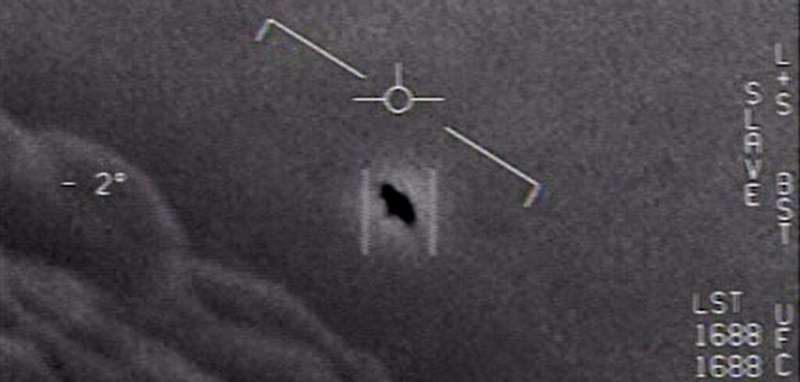
In 2017, humanity got its first glimpse of an interstellar object (ISO), known as 1I/"Oumuamua, which buzzed our planet on its way out of the solar system. Speculation abound as to what this object could be because, based on the limited data collected, it was clear that it was like nothing astronomers had ever seen. A controversial suggestion was that it might have been an extraterrestrial probe (or a piece of a derelict spacecraft) passing through our system.
Public fascination with the possibility of "alien visitors" was also bolstered in 2021 with the release of the UFO Report by the ODNI.
This move effectively made the study of unidentified aerial phenomena (UAP) a scientific pursuit rather than a clandestine affair overseen by government agencies. With one eye on the skies and the other on orbital objects, scientists are proposing how recent advances in computing, AI, and instrumentation can be used to assist in the detection of possible "visitors.
A maglev system on the moon could make lunar logistics a breeze
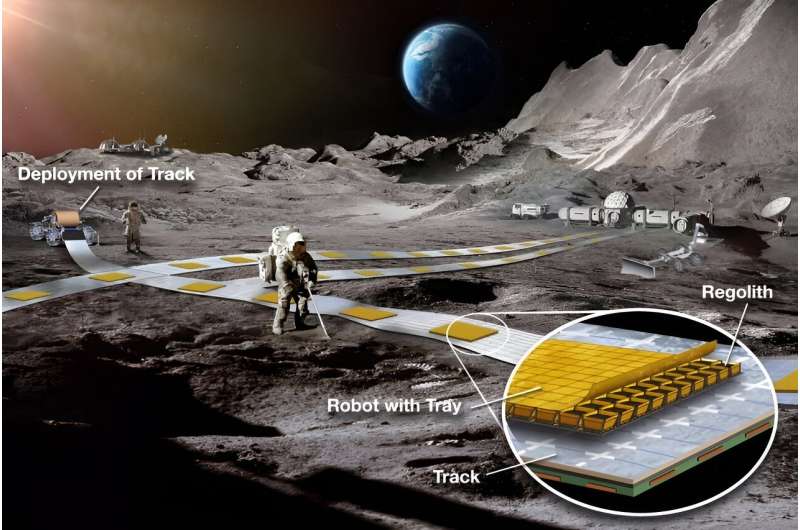
Maglevs are one of those technologies that still look like magic, even years after they were initially rolled out. While they have long been a workhorse of the transportation systems of some major cities, they don't often impact the day-to-day lives of people who don't use them to commute. But, they might be invaluable in another setting—lunar exploration. There's an ongoing debate about the best way to shuttle stuff around on the moon's surface, and a team from JPL and a company called SRI International think they have a solution—deploy a maglev track on the moon.
The project, known as the Flexible Levitation on a Track (FLOAT) system, is simple in concept. It is based on a concept developed at SRI that showcases the ability to float small robots over a platform and precisely control their movements using a form of magnetic levitation. Scale-wise, as seen in the video below, the technology so far is still small.
Russia's space agency head vows to continue Moon race
 The chief of the Russian space agency Roscosmos on Monday advocated for Russia to stay in the lunar race, a day after announcing its mission had crashed.
"In no case should the lunar program be interrupted, that would be the worst decision," Yuri Borisov said in an interview on television.
The Luna-25 mission was meant to mark Moscow's return to independent Moon exploration in the face
The chief of the Russian space agency Roscosmos on Monday advocated for Russia to stay in the lunar race, a day after announcing its mission had crashed.
"In no case should the lunar program be interrupted, that would be the worst decision," Yuri Borisov said in an interview on television.
The Luna-25 mission was meant to mark Moscow's return to independent Moon exploration in the face India hopes to be first nation to land on south pole of moon later this week
 Days after Russia failed to put a lander on the moon, the Indian Space Research Organization will try to become the first country to land on the moon's south pole on Wednesday.
On Monday, the space agency said its Chandrayaan-3 lander, the Vikram, had been mapping potential landing spots as it orbits the moon. Scientists believe frozen water may be hidden on the south pole, along with o
Days after Russia failed to put a lander on the moon, the Indian Space Research Organization will try to become the first country to land on the moon's south pole on Wednesday.
On Monday, the space agency said its Chandrayaan-3 lander, the Vikram, had been mapping potential landing spots as it orbits the moon. Scientists believe frozen water may be hidden on the south pole, along with o Space travel depletes red blood cells and bone, but bone marrow fat may come to the rescue
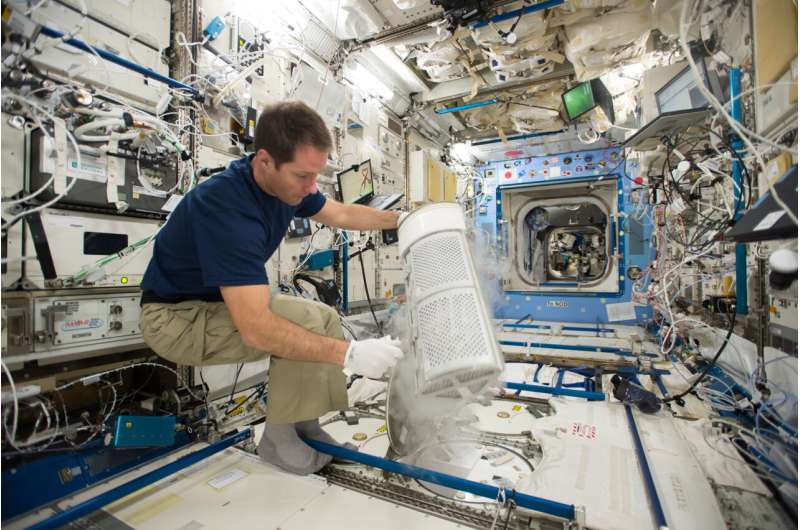
A study of 14 astronauts suggests that while space travel depletes red blood cells and bone, the body can eventually replenish them back on Earth with the help of fat stored in the bone marrow. The study, published in Nature Communications, has important implications for health in space and on Earth.
"We found that astronauts had significantly less fat in their bone marrow about a month after returning to Earth," said senior study author Dr. Guy Trudel, a rehabilitation physician and researcher at The Ottawa Hospital and professor at the University of Ottawa. "We think the body is using this fat to help replace red blood cells and rebuild bone that has been lost during space travel."
This study builds on Dr.
Scientists introduce the design and application prospect of China's Tiangong space station
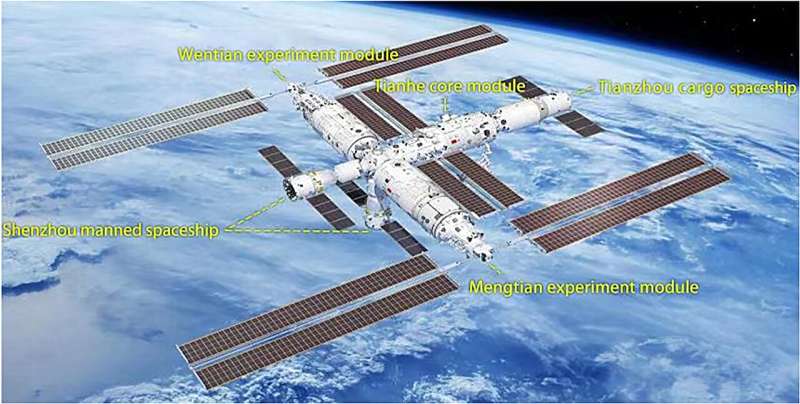
China's manned space project was approved in 1992 with a three-step strategic plan, and building a space station is the final goal of this plan.
In September 2010, China's manned space station project was officially established. On April 29, 2021, the Tianhe core module was successfully launched into orbit by the carrier rocket Long March-5B at the Wenchang Spacecraft Launch Site in Hainan.
As planned, by 11 launches and on-orbit missions, China has completed the assembly and started the official operation of the space station. With the completion and operation of the Tiangong space station, China will become the third country able to build and operate space stations independently after the Soviet Union and the United States.
In a research paper published in Space: Science & Technology, specialists from Institute of Spacecraft System Engineering, China Academy of Space Technology introduce the design of the Tiangong space station, summarize the technical characteristics of the Tiangong space station, and discuss the future application and development of the space station.
Webb captures detailed beauty of Ring Nebula
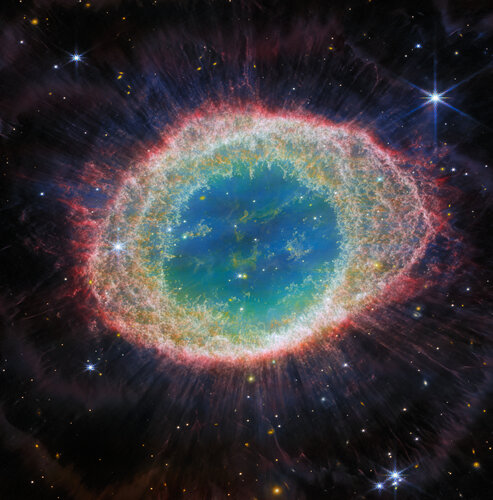
The NASA/ESA/CSA James Webb Space Telescope has observed the well-known Ring Nebula with unprecedented detail. Formed by a star throwing off its outer layers as it runs out of fuel, the Ring Nebula is an archetypal planetary nebula. The object is also known as M57 and NGC 6720, and is relatively close to Earth at roughly 2,500 light-years away.

